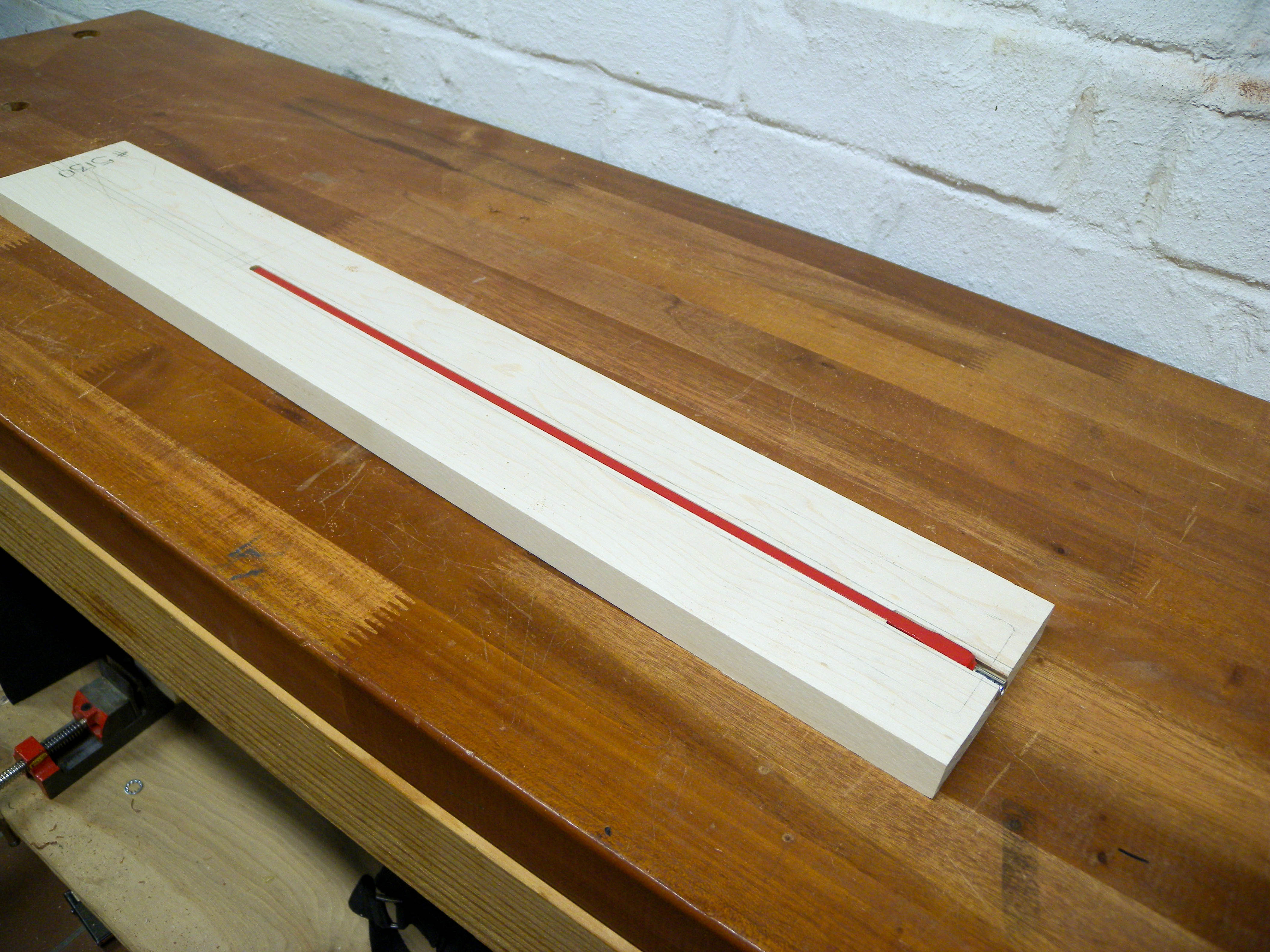


Planar truss Ī planar truss lies in a single plane. The traditional diamond-shape bicycle frame, which utilizes two conjoined triangles, is an example of a simple truss. However, a simple truss is often defined more restrictively by demanding that it can be constructed through successive addition of pairs of members, each connected to two existing joints and to each other to form a new joint, and this definition does not require a simple truss to comprise only triangles. Because of the stability of this shape and the methods of analysis used to calculate the forces within it, a truss composed entirely of triangles is known as a simple truss. This type of truss is seen in a framed roof consisting of rafters and a ceiling joist, and in other mechanical structures such as bicycles and aircraft. The simplest form of a truss is one single triangle. The roof trusses of the Basilica di Santa Croce in Florence
#Truss rod diagram series#
One engineering definition is: "A truss is a single plane framework of individual structural member connected at their ends of forms a series of triangle to span a large distance". The term truss has often been used to describe any assembly of members such as a cruck frame or a couple of rafters. Truss derives from the Old French word trousse, from around 1200, which means "collection of things bound together". The interior beams are called webs, and the areas inside the webs are called panels, or from graphic statics (see Cremona diagram) polygons. The top beams in a truss are called top chords and are typically in compression, the bottom beams are called bottom chords, and are typically in tension. For straight members, moments ( torques) are explicitly excluded because, and only because, all the joints in a truss are treated as revolutes, as is necessary for the links to be two-force members.Ī planar truss is one where all members and nodes lie within a two-dimensional plane, while a space truss has members and nodes that extend into three dimensions. In this typical context, external forces and reactions to those forces are considered to act only at the nodes and result in forces in the members that are either tensile or compressive.

Although this rigorous definition allows the members to have any shape connected in any stable configuration, trusses typically comprise five or more triangular units constructed with straight members whose ends are connected at joints referred to as nodes. A "two-force member" is a structural component where force is applied to only two points. In engineering, a truss is a structure that "consists of two-force members only, where the members are organized so that the assemblage as a whole behaves as a single object". So, the ideal position for a truss rod’s setting is usually hovering around the place a wooden neck under tension would settle.Historical detail of a steel truss with an actual revolute jointĪ truss is an assembly of members such as beams, connected by nodes, that creates a rigid structure. It just so happens that the vibrating strings will benefit from this slight concave in all of the right positions. This default amount of concave given by the string tension is marked as the “natural” position in the diagram. While the neck’s wood does an excellent job of resisting this amount of tension, it does flex a tiny bit. When an electric guitar is strung up and tuned, it has about 200lbs of tension pulling the neck toward the bridge. In actuality, we want a neck with a very slight concave (or upward bow). Many players learn early on that a truss rod is just meant for combatting warping, and naturally assume that a straight neck is what we’re trying to maintain. The ideal shape for your neck is not straight. This diagram assumes that your guitar’s neck is not suffering from any twisting or humidity-related warping. So let’s talk about that very quickly before we look at the string action in relation. That’s what this article is all about really. You’ve probably seen many diagrams like the one above – you’ll note the red arrow pointing to a “natural” position with a surrounding “ideal” setting area.


 0 kommentar(er)
0 kommentar(er)
